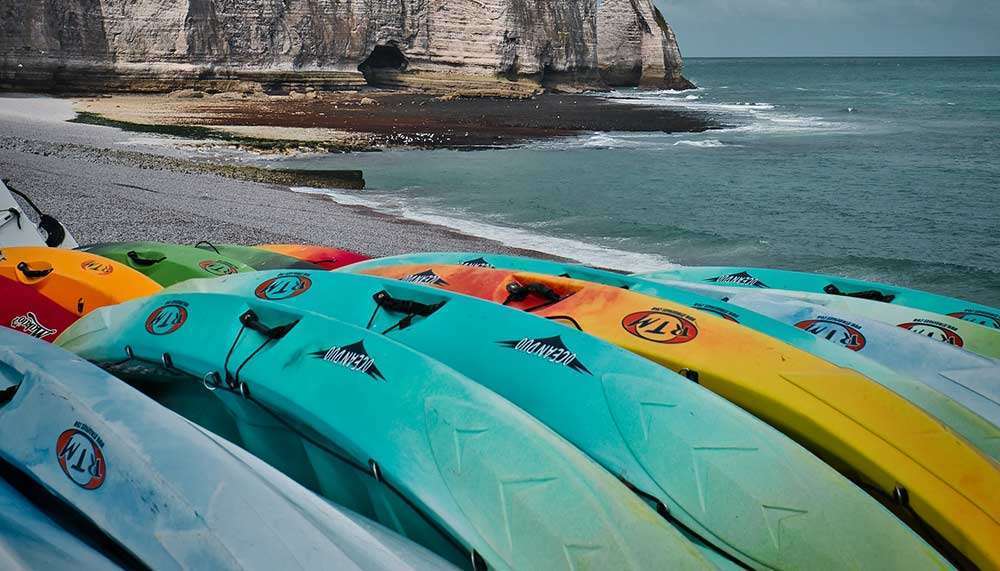Transporting kayaks can be stressful, and it’s the task of securely tying boats to the roof of a vehicle that can be particularly intimidating. And with good reason, because most serious damage to kayaks is incurred during transportation, not while paddling. With the right setup however, car-topping a kayak is safe and easy.
Most important, and often dismissed, is the need for strong, solidly attached roof racks. Unfortunately, factory-installed racks are seldom ideal. After-market racks from specialty manufacturers like Yakima or Thule are the ultimate solution for hauling kayaks. Racks to fit virtually any vehicle are available, as well as unique systems such as kayak rollers and cradles that do a great job of protecting your boat and make loading and tying kayaks easier.
If you are using simple bar racks, it’s a good idea to pad the racks with foam to save your kayak some scratches and wear. It’s also important to avoid contact between your kayak and your car’s roof while traveling. Because a boat will invariably move during transit (no matter how tightly it’s tied), if it’s in contact with your car, the result can be serious abrasion to the vehicle’s paintjob. Likewise, when transporting several fiberglass kayaks, avoid direct contact between boats to prevent damage.
Although one strong person can get a kayak up onto the roof of a vehicle, it’s a much easier with two people – one at each end.
To tie your boat down, ropes work well, but cam straps are quicker and easier. Regardless of which you use, securely tying a boat onto racks is pretty simple. As long as you don’t strap it down at its widest point, but have a strap on each side of the cockpit, the tapered shape of a kayak will prevent the boat from sliding forward or backward. Don’t be afraid to aggressively tighten straps when securing plastic boats, as the chances of hurting them are slim. With fiberglass or thermoformed kayaks, a much more delicate touch is needed.
An added piece of insurance is to tie a bowline or stern line from your car’s bumper to your kayak, but don’t tighten these too much, or you will bend your boat along its length. Lastly, securely stow any excess strap or rope ends to avoid excessive wind noise when driving.
Expect your tie job to loosen after driving for a while, especially on rough backcountry roads or in wet conditions. Losing a kayak off the roof of your car is a serious concern, so take the time to occasionally pull over and double check that your kayak is secure.

